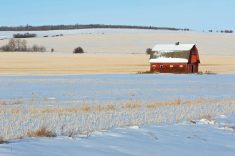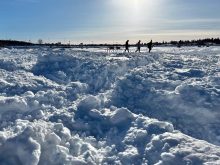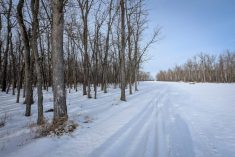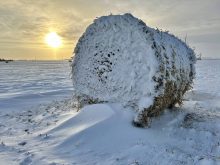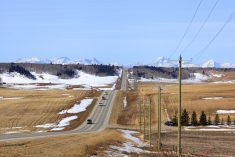MarketsFarm — An ongoing lack of precipitation, which is showing no signs of letting up in the coming months according to weather forecasts, is already causing problems for Manitoba’s forage and grasslands.
Growers in the province have had to deal with three straight years with lower-than-normal precipitation. In 2019, multiple rural municipalities in Manitoba’s Parkland and Interlake regions declared states of emergency due to drought conditions.
As for 2021, forage and grassland producers are preparing for a repeat.
John MacGregor, hay expert for the Manitoba Forage and Grassland Association (MFGA), said growers are unanimous in the assessment that current conditions are extremely dry.
Read Also
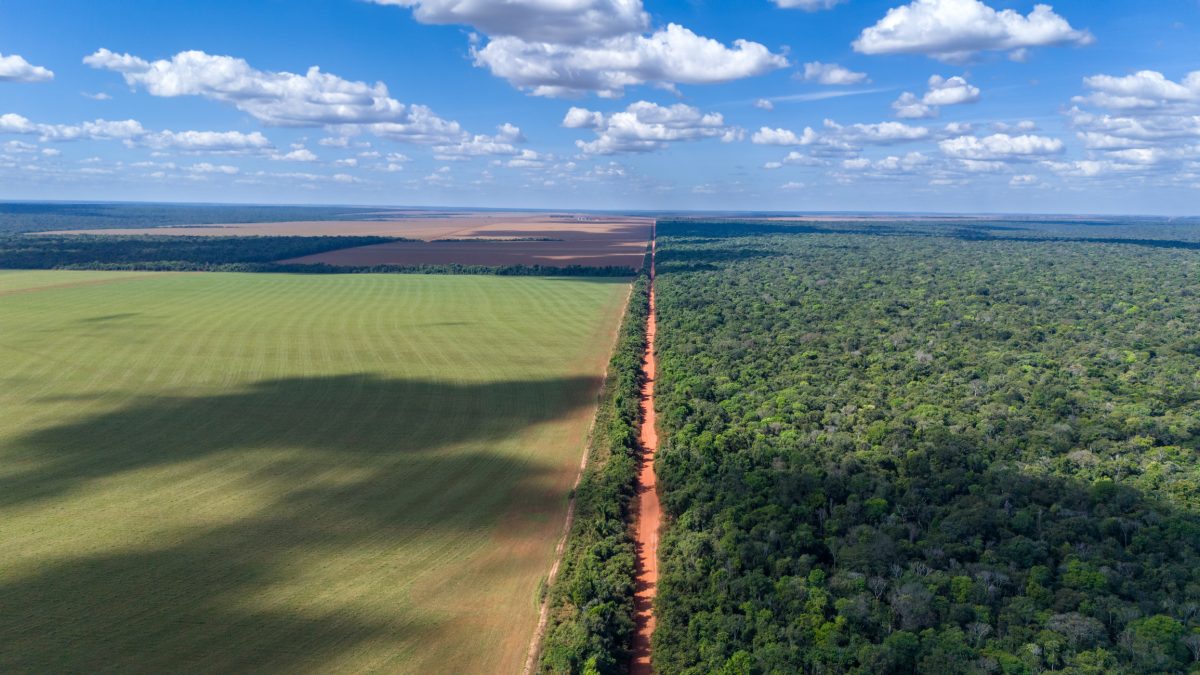
Soy trading firms to abandon Amazon protection pact in Brazil
Some of the world’s largest soybean traders are preparing to break their agreement to curb deforestation of the Amazon rainforest to preserve tax benefits in Brazil’s top farm state, two people with direct knowledge of the matter told Reuters.
“When we look across most of Manitoba, even going back as far as 2018, we had very dry conditions and a lot of the province had a shortfall of forages,” he said, adding that the only respite was heavy late-summer rainfall in 2019.
“Once we got into that end of June (2020) period, the tap got turned off and (in terms of) moisture, since then, we’ve been low.”
However, MacGregor said the bottom lines of growers won’t be too negatively affected since many either raise livestock or grow other crops which have been selling at high prices.
Also, he said, forage production in Manitoba was “normal” during the early part of 2020 until drought conditions took hold.
Producers have also implemented practices on their fields in the face of drought conditions such as growing weather-resistant crops and rotational grazing.
“There are a number of practices producers have adapted to over the years. They don’t make (the drought) go away, but they make it less of a stress factor,” MacGregor said.
Despite the resilience of forage and grassland growers, MacGregor expects this year’s production to be down at least 20 per cent from the historical average and he is paying close attention to forecasts down south.
“Already, (North Dakota) is in a severe drought situation and their forecasting system predicts it will continue into June… Manitoba is probably going to feel some or all of that effect.”
— Adam Peleshaty reports for MarketsFarm from Stonewall, Man.




